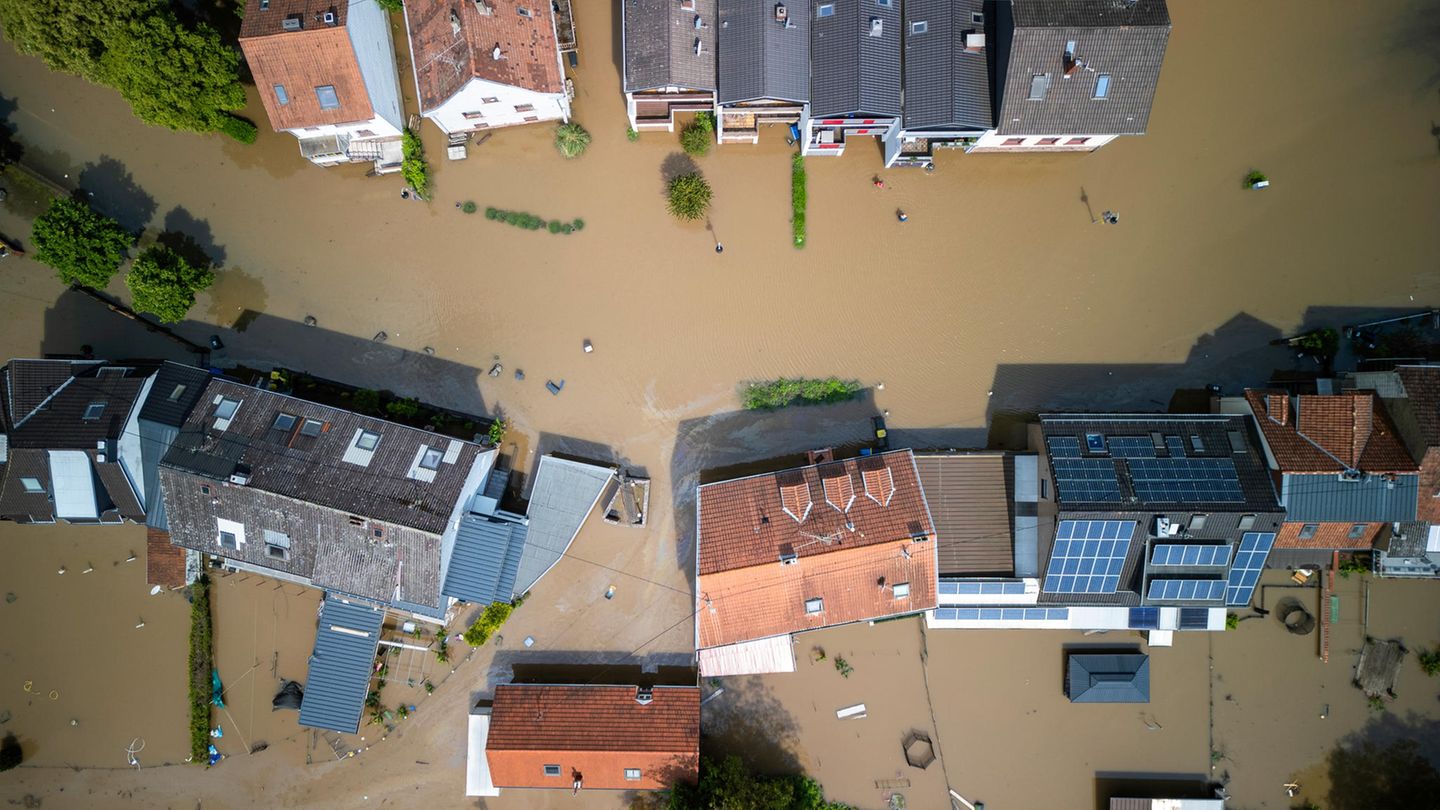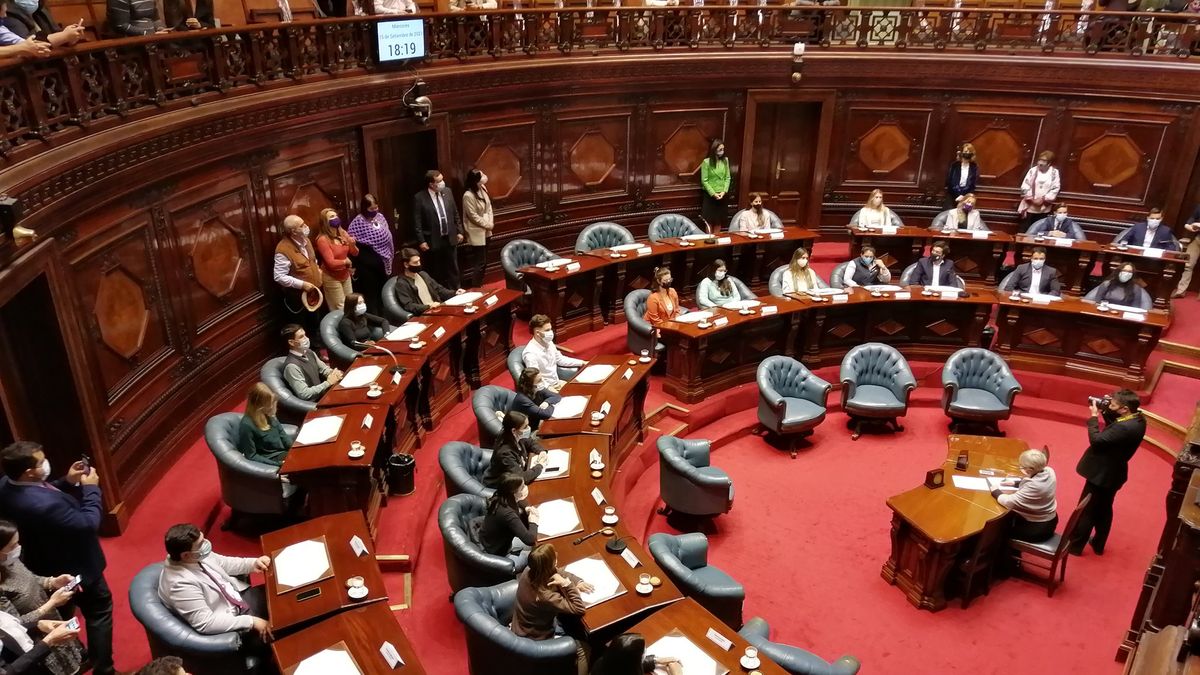Due to climate change, floods like those seen in Saarland and Rhineland-Palatinate in recent days are becoming more frequent. Every year, billions of euros in damage are incurred. Which policy is the right one?

This is original content from the Capital brand. This article will be available for ten days on stern.de. After that, you will find it exclusively on capital.de. Capital, like the star to RTL Germany.
In recent days, heavy rain has again flooded streets and filled basements in several regions of Germany, causing material damage running into the millions. Climate change is making natural disasters such as flooding increasingly likely. For consumers, this could mean that they have to adjust their insurance policies.
The 2023 World Property and Casualty Insurance Report by the consulting firms Capgemini and Qorus, formerly Efma, shows that natural disasters have led to a 3.6-fold increase in insured losses and a doubling of uninsured losses over the past 30 years. Around 40 percent of those surveyed in the study see the challenges posed by climate change as their highest priority.
But how will climate change affect insurers’ business in the future? And what changes will consumers need to make to their policies?
Floods: What policyholders can do now
Certain professional groups, such as farmers, have been confronted with the consequences of climate change for years. The flood disaster in many parts of Germany in the summer of 2021 has shown that the effects of climate change are no longer just theoretical. However, which policy makes sense for the individual always depends on the overall context. Building and contents insurance can cover storm and hail damage to buildings and household goods.
However, natural hazard insurance is appropriate for anyone who lives in an area with a large body of water or who can realistically assume that natural events such as strong winds, heavy rain or hail will flood their home. The same policy, on the other hand, is less useful for tenants in the city center.
To ensure that responsibility does not rest solely with individual consumers, the G7 countries and the so-called“Vulnerable Twenty”, an association of states that are particularly threatened by climate change, has built a global protective shield against climate risks. It bundles activities in the field of climate risk protection and prevention. This is intended to make aid easier and faster to access for people and authorities who urgently need it in the event of a disaster. The protective shield is based on the InsuResilience Global Partnership, which is committed to comprehensive and active management of climate risks worldwide.
It promotes cooperation between states, the private sector, multilateral institutions, civil society organizations and research institutes. This is primarily intended to protect developing and emerging countries, which are most frequently affected by severe climate disasters. However, even the best policy is not a panacea for climate change.
Insurers must become climate resilient
While private individuals are concerned about their personal insurance coverage, insurance companies must make structural changes. Those insurers that are sustainably successful are those that have strong corporate governance, gain reliable insights from data and focus on risk prevention, said Martin Fenyoe, head of sales at the consultancy Capgemini in Austria. In addition, they must increase their resilience by focusing on sustainability in risk assessment and investments.
Insurers that are already considered top performers in terms of climate resilience according to Capgemini and Qorus have very specific characteristics. A total of 82 percent of companies in this group already have a sustainability officer or an equivalent position – the industry average, however, is only 52 percent of companies. 77 percent of top performers have integrated data on climate risks into their products and services, compared to just 29 percent of the industry average. In addition, 53 percent rely on data sources such as satellite data, remote sensors, weather stations or geodata, compared to 27 percent of the industry average.
Customers are increasingly paying attention to how climate change affects their lives, concludes Qorus CEO John Berry. It is therefore also important for insurers to further develop their product range
Source: Stern




